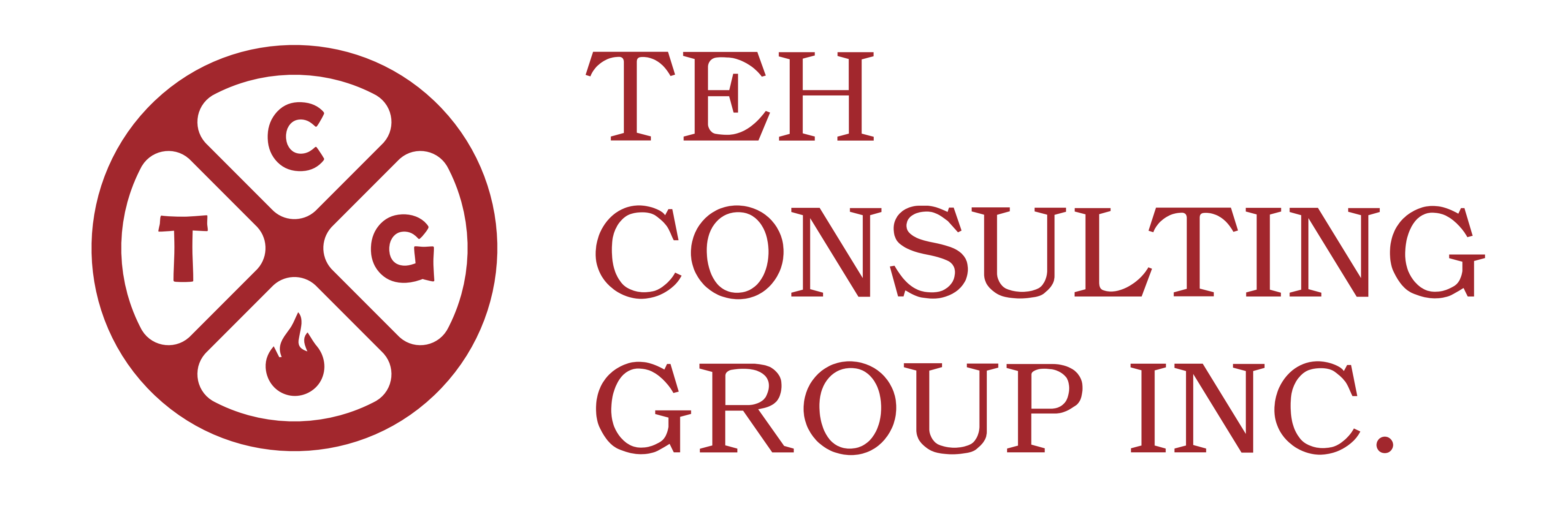Here are some frequently asked questions (FAQs) about fire sprinkler design:
What is the purpose of fire sprinkler design?
Fire sprinkler design aims to provide a system of pipes and sprinkler heads that deliver water or other extinguishing agents to control or extinguish a fire. A properly designed fire sprinkler system can help
save lives, minimize property damage, and protect the environment.
How is a fire sprinkler system designed?
A fire sprinkler system is designed based on the layout and occupancy of a building. The designer considers factors such as the building size and shape, ceiling height, type of construction, and potential fire hazards. The designer then calculates the water demand and pressure required to supply water to the sprinkler heads in the event of a fire.
What types of sprinkler heads are used in fire sprinkler design?
There are various types of sprinkler heads used in fire sprinkler design, including:
- Pendant sprinkler heads, which hang down from the ceiling
- Upright sprinkler heads, which stand up from the floor
- Sidewall sprinkler heads, which are installed on a wall
- Concealed sprinkler heads, which are hidden behind a ceiling or wall
What is the spacing requirement for sprinkler heads?
The spacing requirement for sprinkler heads depends on the type of sprinkler head, the occupancy of the building, and the design density of the system. Typically, sprinkler heads are spaced no more than 15 feet
apart in any direction.
How is the fire sprinkler system connected to the water supply?
The fire sprinkler system is typically connected to the building’s municipal water supply or to a dedicated water tank. A backflow prevention device is installed to prevent contaminated water from flowing back into the public water supply.
How often should a fire sprinkler system be inspected and maintained?
To ensure the proper functioning of a fire sprinkler system, it is crucial to have it inspected and maintained annually by a licensed professional in accordance with standards referenced by relevant codes and AHJs. Typically, the NFPA 25 standards are followed to ensure the safety of your building and those within it.
We hope our FAQ has answered many of your questions about fire safety and our services. However, we understand that you may still have additional questions. Please feel free to reach out to us for further support and guidance.
If you have a project in mind that you would like us to review and prepare a quote for, please see below or visit our project request form.
